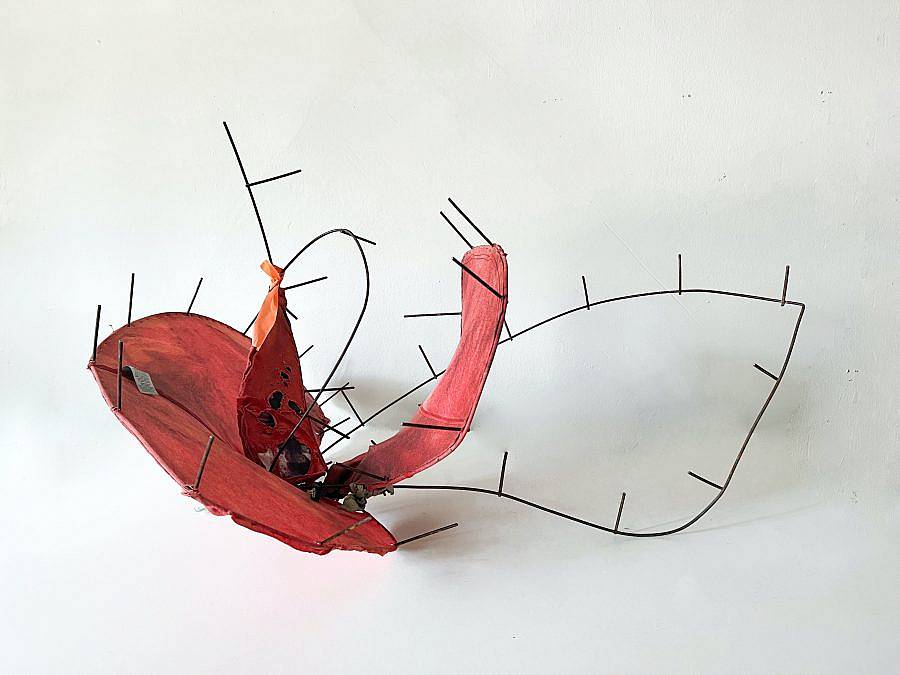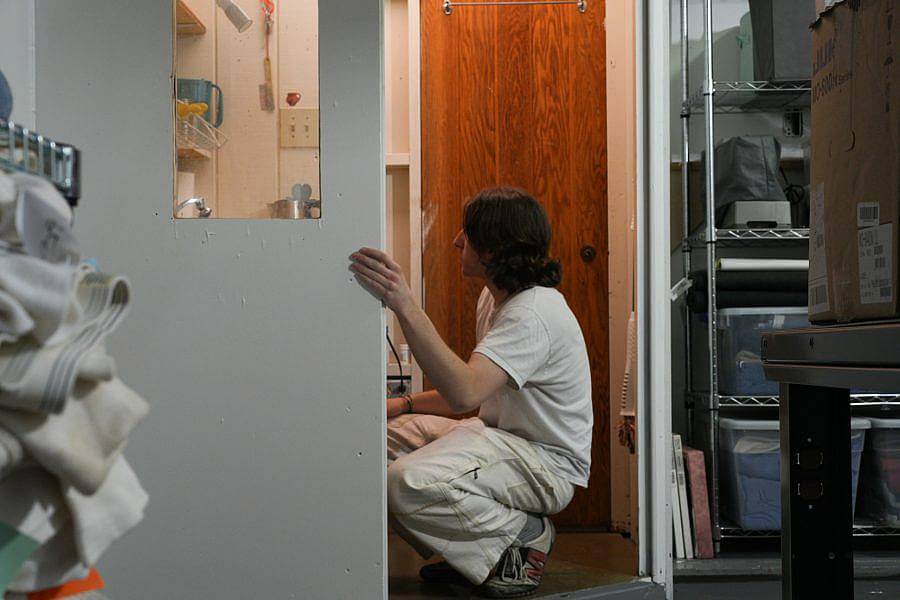Tell us a little bit about yourself and what you do.
I was born and raised in northern rural Massachusetts and moved to Chicago for school around five years ago. My parents are both flight attendants so I was lucky enough to travel a lot when I was younger. I think regularly packing and leaving instilled a sense of comfort in placelessness and portable objects. I became obsessed with technologies that made the earth seem traversable.
I make clothes under the name WWWYRED and objects out of a shared studio I actually just moved into a couple days ago. I routinely collect, then index piles of discarded material. I use sculpture, print media and craft techniques to imagine the future point where human culture is in the aftermath of the apocalypse. I try to synthesize places which exist in a hybrid present/future space and feel whole amidst the fractured pathways of living between digital and physical realities.
My practice oscillates between garment and sculpture. My work focuses on themes of planned obsolescence and the lifetime of the objects that are displaced as a consequence. I try to center and honor the materiality of these objects when their utility is exhausted. I spend a lot of my time in thrift stores and surveying the curbsides around Chicago.
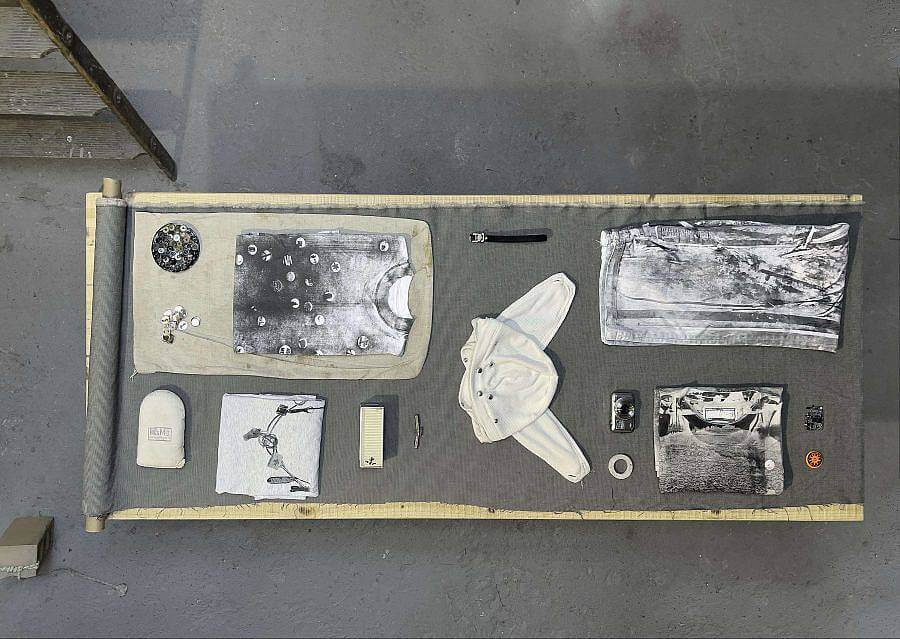
What are some recent, upcoming or current projects you are working on?
For the past year or so, I have been working on a series of sculptures which I call Thistles, my notion of a tumbleweed. This series is centered around scavenged metal pieces from the streets around my apartment. I leave the steel untouched and stretch fabric around it, treating it kind of like a body. I think of them as site portraits, and tie or sew on small objects found nearby on curbs or in gutters. I have also found a lot of satisfaction in working with my friends lately. My friend Julia and I have been working on a show for the past year which is set to open sometime soon. My friend Luca and I have also been researching workwear and denim manufacturing, and hope to compile our research into a larger project.
My boyfriend and I make dinner pretty much every night together, and we’ve been working on compiling some of the recipes into a book.
And for my clothes, I recently launched a web store. My friend Christine Tarkowski and I collaborated on a small batch of bags at the end of last year which was quite special. I have been working on developing a new collection of garments over the past six months or so and hope to wrap up the collection sometime this summer.
How did your interest in fashion and art begin?
I think traveling frequently in my youth made me develop a sensitivity to systems of portability and group identities. I started making clothes in high school out of my mom’s basement, mostly for myself and friends of mine. I was always interested in aesthetics surrounding skate, punk, and groupie culture. I grew up going to shows and meeting really interesting people in the queue or the pit. Most of these relationships were transient, so we would talk online to stay in touch.
I started making clothes again in 2021, and got to know Sophia Boli who runs Retail Pharmacy. I think selling at those first few pop ups really made me feel connected to something that was so familiar to the DIY digital spaces I grew up in. I think from there I just kept making clothes I wanted to wear and see my friends wear.
So many of the shops I am currently stocked at push me to experiment with different materials/silhouettes. I love how Kc at the Everything store and Dani at Filia put emphasis on styling/curating not only garments in the shop but also art and objects which compliment the physical space and the communities they’re building.
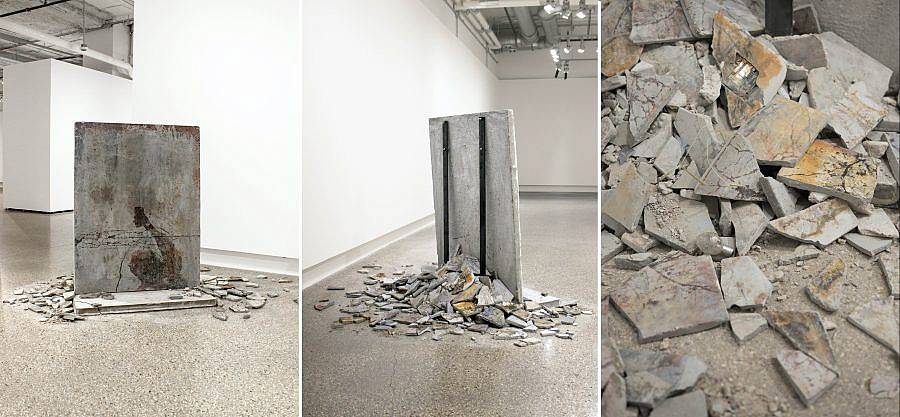
How has living in Chicago affected your design practice?
In calling Chicago home came the desire to make work in and about it. I think the shift from a rural environment to the landscape of a city made me sensitive to how chemical and industrial waste products affect the surrounding natural environment. I source almost all my materials from wherever I am working, so the work is always bound to the environment. My professors, dear friends, and boyfriend taught me how to look, dig, and mend. The thrift stores, alleys, and curbside are my sites for collection and transfiguration.
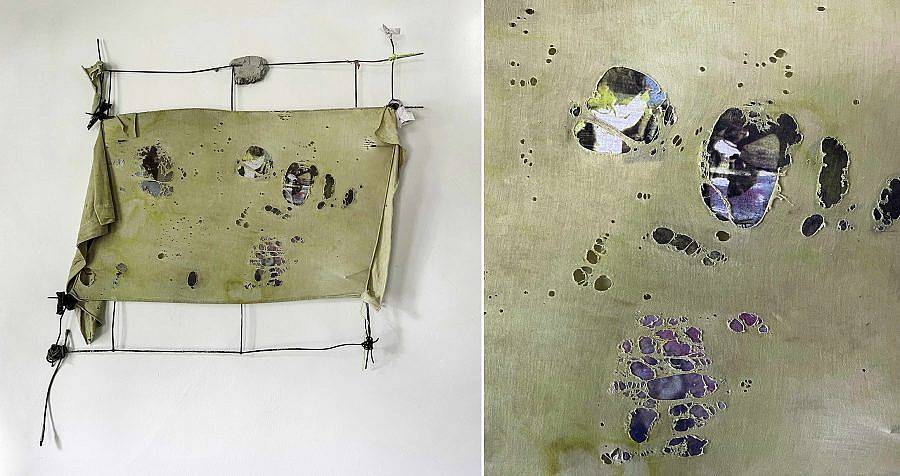
What materials do you use in your work and what is your process like?
I think a lot about what our generation’s garbage pile looks like. I am fascinated by the lots of old iPhones sold on ebay, not for use but for deconstruction, repair, and the material harvesting. My work investigates systems of planned obsolescence within electronic technologies and the textile industries, and looks for the point at which an object becomes waste. In the materials I use, I hope to synthesize materials that could be neighbors in our garbage pile. Recently, I have been working with natural dyes using materials I can find in my backyard, in grass, mud, sticks or rusted steel fragments. Conducting experiments with natural and synthetic materials is a major component of my practice, as I am typically trying to make an aggregate that I can pass through a silkscreen. Lately it has been red40 from kool aid, miracle-gro, grass, mud, iron, and dust.

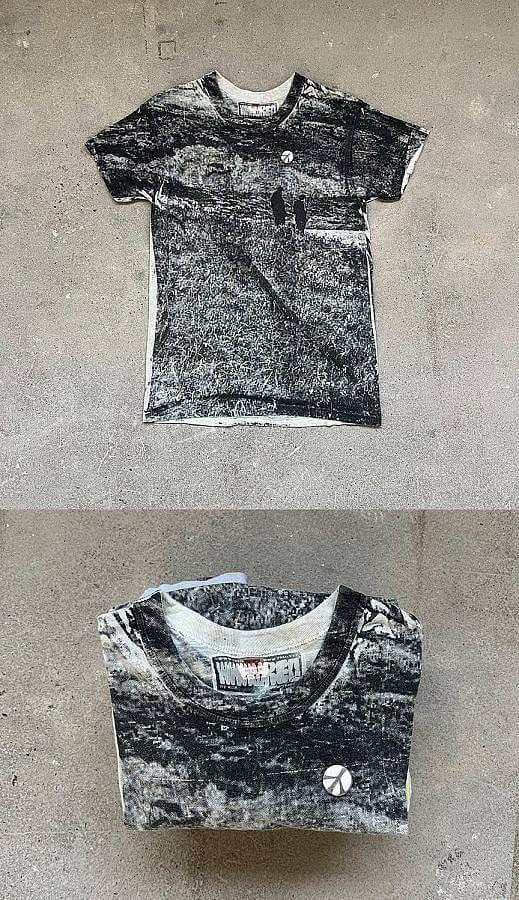
What are the main motifs in your work?
Cracked screens – survival kits – iPhones – pin buttons – pockets – grass – rust – creases – folds – cairns – shadows of photographers – tourists – moss – rocks – denim – patches – thermal underwear – holes – knots – balance – fragility
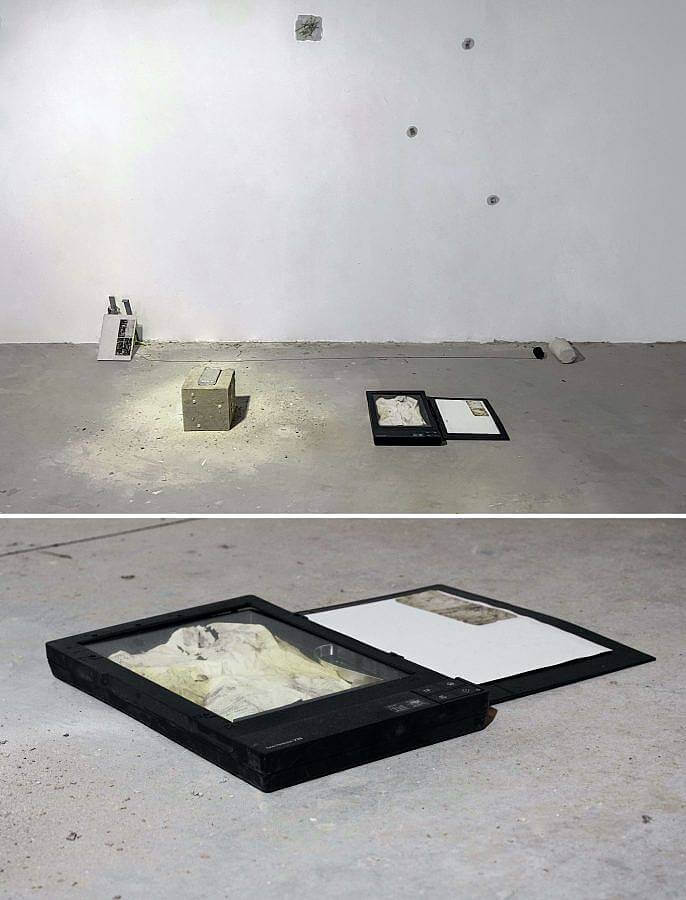
Can you talk a little bit about the balance between being a practicing artist and a garment maker? How do they influence each other?
I think for a long time I felt a pressure to choose one avenue to pour all my time into. I am at a point now where I am really satisfied with the way the two mediums bleed into each other. I often test dye pigments, print methods, and images on clothes I get at Village Discount for a couple dollars and decide whether it functions better as a garment or object. As I am getting increasingly comfortable patterning and constructing garments from scratch, I have also found the experience of patterning a garment can inform that of a sculpture or composition. I like when the lines of the body from the patterns can burrow their way into object arrangements or structures.
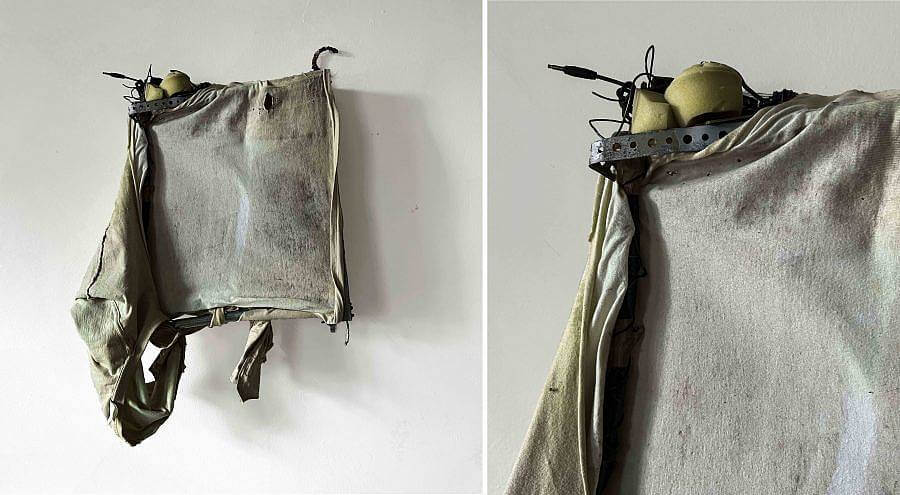
How do you define the fossil? Can you explain how this idea exists throughout your work in both your garment making and artistic practice?
When I think of the word fossil my mental image is always this ancient greek mechanical model of the solar system called the Antikythera mechanism which was recovered about a hundred years ago but is dated back to 70 BC. It is thought to have made astronomical predictions and eclipses decades in advance. The smooth bronze has since corroded, and is now an artifact with traces of the past. It is a strange paradox where it is the predictor and the historical record.
The process of petrification with objects like this is nothing more than the aggregates of the object (bronze) being exposed to the surrounding natural environment (in this case, saltwater), for long periods of time. Fetishized objects often become fossils after variable lengths of time. I like to think about this long-term transformation from fetish to fossil and its contemporary, in the transformation from viable material to waste. I think of planned obsolescence, in the way that an old iPhone is considered nostalgic or vintage, and how these same systems are present in the textile industry and fast fashion.
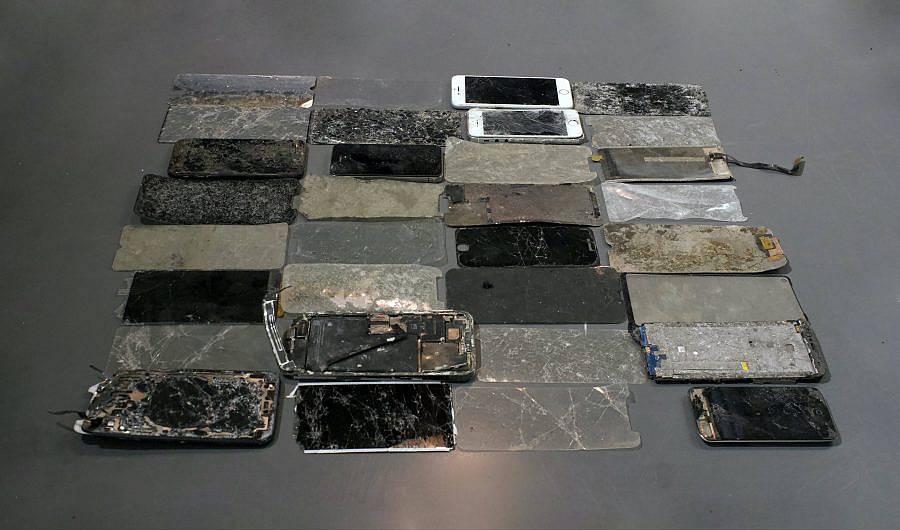
I found the newest iPhone model on a curb last summer that had been run over by a car and cast it in glass shortly after. I tend to use materials like glass or concrete that will last for decades alongside fugitive pigments and hyper-fragile materials that may turn to dust in a few weeks time. In my garments, I tend to play with both aging processes and repair methods for old fabrics. Most of the material I am using was produced before I was born, so to impress contemporary methods and materials onto these garments toys with their linearity and suggests cycles of wear and repair.
I think in both aspects of my practice I look to complicate the timeline of the objects I am interacting with. If anything it helps me to position myself in the present, and think more about the traces I leave behind.
What do you collect?
Screen protectors –Garment tags – T-shirts – Images – Pin buttons – Workwear buttons – Denim – Phones – Dryer lint – Dust when I sweep my floors – Rocks
What have you been listening to?
Mk.gee, Two Star & The Dream Police – Vegyn, Like a Good Old Friend, Headache, The Road to Hell is Paved with Good Intentions – Dido, No Angel, Life for Rent – A.G. Cook, 7G – The Durutti Column – Miley Cyrus, Miley Cyrus & Her Dead Petz – Bar Italia, Tracey Denim – Arthur Russell, Love is Overtaking Me – Old Lady Gaga – Kelela – Caroline Polachek – Mark Williams Lewis
